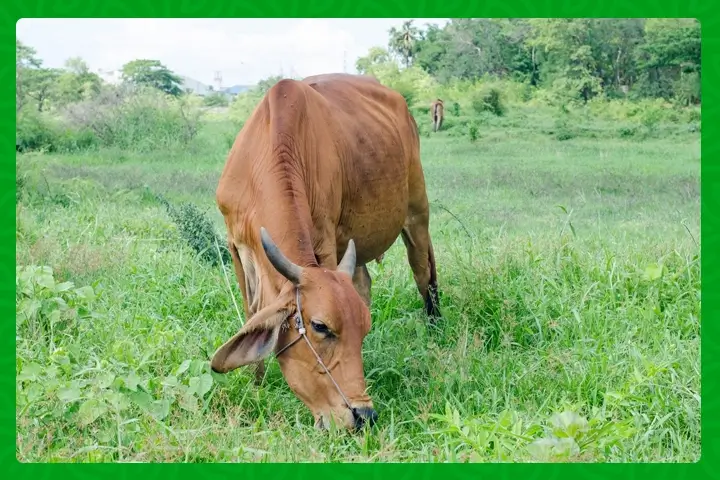
In a troubling development that impacts not only our agricultural communities but the entire nation, Zambia is currently grappling with an anthrax outbreak that demands swift attention and concerted efforts. The Farmer’s Journal Africa brings you an exclusive report on the ongoing situation, emphasizing the crucial role of farmers in navigating and mitigating the impact of this public health challenge.
The Anthrax Outbreak: An Unprecedented Challenge
As the Ministry of Health addresses the nation on the current anthrax outbreak, we, as The Farmer’s Journal Africa, recognize the unique vulnerabilities faced by our farming communities. Anthrax, a bacterial disease affecting both humans and animals, has reported more than two dozen confirmed cases across Eastern, Western, Southern, Central, and Lusaka Provinces.
Understanding Anthrax: A Key to Mitigation
Anthrax is primarily transmitted from animals to humans and occurs naturally in soil. Most cases reported are cutaneous anthrax, a form highly treatable with prompt medical attention. It is crucial to note that anthrax is not contagious between infected persons, offering reassurance to communities as they face this challenge.
Symptoms and Actions: Farmers’ Awareness Guide
Symptoms of Cutaneous Anthrax:
- A group of small blisters or bumps that may itch
- A painless skin sore (ulcer) with a black center appearing after the small blisters or bumps
- Swelling around the sore
- Most often the sore will be on the face, neck, arms, or hands
Actions to Take for Anthrax:
- Avoid contact with animals that have died of anthrax and their meat, hide, and products made from those animal parts (e.g., animal hide drums).
- Refrain from consuming meat from animals that were sick when slaughtered.
- Do not eat raw or undercooked meat.
The Farmer’s Role in Mitigation: A Call to Action
Farmers, being on the frontlines of this crisis, play a pivotal role in mitigating the impact of anthrax on both human and animal populations. The following actions are recommended:
- Vigilance in Animal Husbandry: Monitor livestock for signs of illness and promptly report any suspicious cases to veterinary authorities.
- Safe Handling of Animal Products: Exercise caution when handling animal carcasses, meat, and by-products. Avoid contact with potentially contaminated materials.
- Collaboration with Health Authorities: Farmers are encouraged to collaborate with health and veterinary authorities to ensure a coordinated response to this outbreak.
- Community Education: Spread awareness within farming communities about the symptoms of cutaneous anthrax and the necessary precautions to prevent its spread.
Uniting Against Anthrax
As we navigate this unprecedented challenge, The Farmer’s Journal Africa stands in solidarity with our farmers, urging vigilance, cooperation, and a united front against anthrax. Through informed actions and community support, we can mitigate the impact of this outbreak and protect both our agricultural livelihoods and the health of our nation.
Stay updated with the latest farming tips and agriculture industry news from Africa by subscribing to our newsletter. Don’t miss out on valuable insights and updates. Follow us on Twitter, LinkedIn, and Facebook to join our farming community and stay connected with us.



















